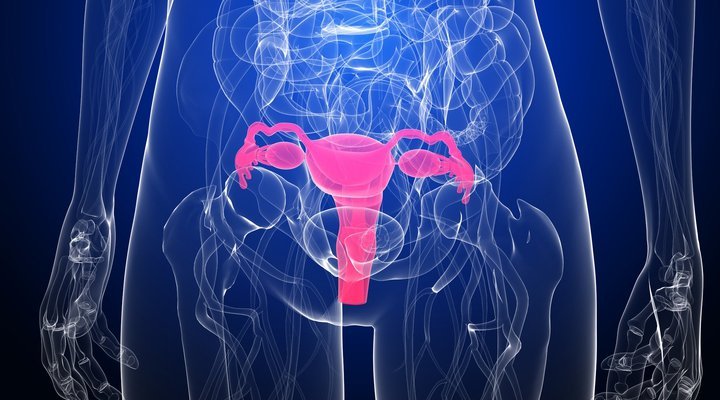Fibroids condition, causes, surgical management, newer treatment
Fibroids, also known as uterine leiomyomas, are non-cancerous growths that develop in the uterus. They are quite common, affecting up to 80% of women by the age of 50. While many women with fibroids do not experience any symptoms, others may have heavy or prolonged menstrual periods, pelvic pain, back pain, or bladder pressure. In rare cases, fibroids can also affect fertility or cause complications during pregnancy.

Causes of fibroids are not fully understood, but it is believed that genetics, hormonal imbalances, and environmental factors may all play a role. Women who are obese, have a family history of fibroids, or who have never given birth are at higher risk of developing fibroids.
Surgical management of fibroids may be necessary if the symptoms are severe or if the fibroids are affecting fertility. The most common surgical options are:
Myomectomy: a surgery to remove the fibroids while leaving the uterus intact. This procedure may be recommended for women who still want to have children.
Hysterectomy: a surgery to remove the entire uterus, which is usually recommended for women who have completed their families and have severe symptoms.
Uterine artery embolization (UAE): a minimally invasive procedure that blocks the blood supply to the fibroids, causing them to shrink and die.
There are also newer treatments for fibroids, including:
MRI-guided focused ultrasound surgery: a non-invasive procedure that uses high-intensity ultrasound waves to destroy the fibroids.
Hormonal therapy: medications that can help to shrink the fibroids or reduce symptoms. These include birth control pills, progesterone-like drugs, and gonadotropin-releasing hormone (GnRH) agonists.
Endometrial ablation: a procedure that destroys the lining of the uterus, which can reduce heavy bleeding caused by fibroids.
It is important to discuss all treatment options with a healthcare provider to determine the best course of action for individual cases of fibroids.
